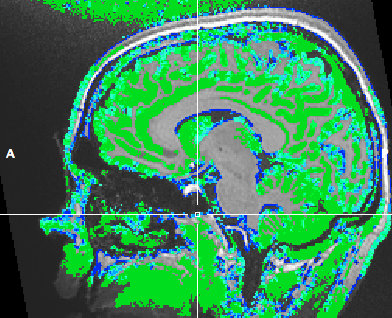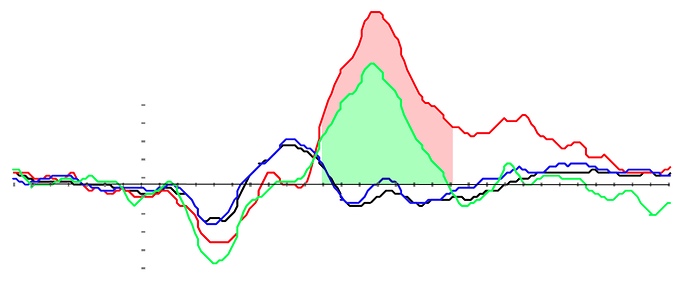[color=#000080]I don’t want to comment too much at this stage except to say I’m very glad to see interest in many of the questions posed, and I look forward to discussing these projects at the upcoming Amsterdam conference.
Please feel free to discuss these ideas here or in other parts of the forum, the announced goal of the contest was to provoke good QS questions, which should lead to useful interaction of many types, regardless of who walks away with the device.
Below I post a response from a QS participant who wants to remain anonymous. Since the goal of the contest is learning, all entries have to be public, but there’s no reason the identity of the entrants has to be public. I’m happy to offer anonymous re-posting for anybody who has a proposal that they prefer to present without sharing their identity.
[/color]
*Crowdsourcing me and you to a healthier life * by anonymous
In my life, you can probably find some of almost every problem that’s been discussed here: I don’t sleep well, I do hours of sedentary work every day, I suffer from significant social anxiety, I’m tired most days of the week, I have some asthma. On the other hand, I’ve been implementing more and more habits in the last year or so that have already helped me and that have helped others also: exercise, meditation, changes in diet and daily rhythms. With some success! I weigh more, my work schedule is becoming better, I quit smoking, I feel more attractive then a year ago… Also I’m in a wonderful relationship and I really like my job. There are still plenty of things that I’m struggling with though.
What I’ll do:
I’ll wear the device daily, and follow my usual routine. Data from the device will be freely available. First, this might just be an ftp server with raw data, but as the project develops, who knows what way of publishing the data might be useful. You may do with the data whatever you want, use it to test your software, train your data analysis skills, prove me wrong, prove me right or do something entirely else.
I’ll also publish additional data organised in experiments: The data that the bodysense device gathers is not enough, sometimes it must be complimented by my subjective experience or other biophysiological data in order to be useful. But I can’t track all at once and it might be considered a waste of time to do it. Changing simple things in simple designs (gluten/no gluten) allows me to disentangle their effects. The amount of additional measures will be limited by what fits on a single IPad screen (browser window).I will answer questions and take suggestions with respect to the experiment or what’s supposed to go on my IPad screen. (moving averages, visual scales, use me as your guinea pig)
I’ll be ruthless: when I conduct an experiment you’ll get the data, whether it will be food, sex, drugs or rock n roll.
I’ll moderate a data-analysis wiki/cookbook so that all the methods that have been used on the data are properly documented.
What I need:
the kit, total anonymity to anyone except to Ernesto and Gary and some help in order to get a website running that streams my data to the cloud and publishes it informatively. To give you a taste of what kind of additional data (with which you can do whatever you want) I’d be willing (and able) to share, attached to this post you can find:
a picture of an MRI scan (3T, raw anatomical data) of my brain (more are being made soon on a better scanner) a picture of averaged electrical activity of my brain in response beeps: the difference in between the red and the blue line is 4 hours of learning! (this is an older device but I also preordered the MUSE) my ‘productivity’ of the last couple of days in rescue time
What intrigues me the most is what you will come up with and how the data analysis cookbook/wiki will develop: I think the greatest potential of this effort would really be to have a collaborative resource of data AND analysis methods/scripts AND good experimental design. Half tutorial, half collaborative experiment… All the recipes are there for you to use on your own data as well.
Hope to see you all in Amsterdam!
a friend 
PS: I’ve also decided to put up another file: a quick and dirty cortical thickness measurement shows that the thickness of my grey matter in areas responsible for motor planning (I’m notoriously bad at ball games) is actually relatively low (blueish) compared to the rest (greenish) or frontal areas (which I need for my day-job). If you get an MRI, you can do this, too. If you have two, you can compare over time.  If you have a bodymedia, who knows what you can do?
If you have a bodymedia, who knows what you can do?
Links to images:







